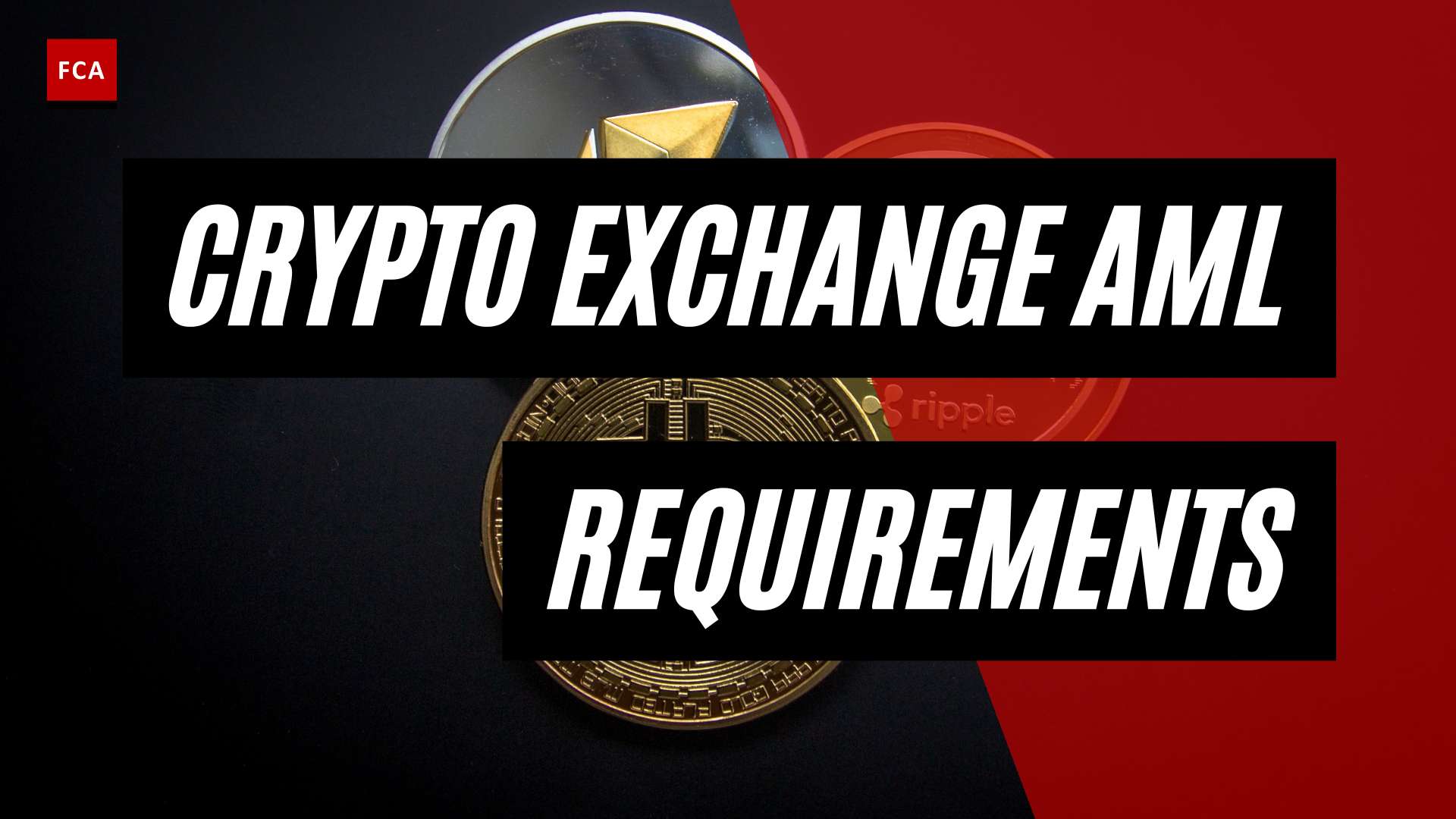Understanding Anti-Money Laundering
The world of financial transactions is complex and constantly evolving, necessitating the use of advanced tools like AML software solutions to ensure compliance and mitigate risks. In this section, we’ll delve into the definition and importance of Anti-Money Laundering (AML) and explore the legal requirements associated with it.
Definition and Importance of AML
AML refers to a set of procedures, laws, and regulations designed to prevent the practice of generating income through illegal actions. In essence, it’s a system designed to prevent criminals from making their illicit gains appear legitimate. AML software, or anti-money laundering software, plays a significant role in helping legal and financial institutions comply with these requirements. This technology is essential due to the complexity of the legislative landscape and regulatory compliance obligations imposed by AML legislation (Comply Advantage).
An estimated 2-5% of global GDP, amounting to a range of $800 billion to $2 trillion, is laundered annually. Without the assistance of technology like AML software, detecting money laundering would involve extensive manual work with large datasets and inefficient searches. As such, AML software solutions play a vital role in automating risk management processes, making it easier for financial institutions to monitor customer information and detect abnormal transactions.
Legal Requirements of AML
AML Compliance Officers are responsible for overseeing the integration and implementation of AML software within financial institutions. The effectiveness of the software integration is crucial as these officers could face personal liability for any breaches of the law. This emphasizes the importance of selecting the software program carefully and ensuring continuous updates to remain compliant (Comply Advantage).
AML software should be included in a broader AML compliance framework and executed as part of a risk-based approach tailored to the specific requirements of a financial institution. This approach encompasses a number of key elements, including customer identification, risk assessment, due diligence, and transaction monitoring.
Legal requirements for AML compliance vary by country and are often updated. As such, it’s crucial that institutions keep abreast of changes and adapt their policies, procedures, and AML software solutions accordingly. For a deeper understanding of how certain businesses have successfully navigated these requirements, explore our collection of AML case studies.
Role of AML Software Solutions
AML software solutions play a pivotal role in supporting organizations to comply with anti-money laundering regulations, enabling them to effectively manage risks and enhance compliance processes.
Automating Risk Management
One of the significant advantages of AML software solutions is their ability to automate risk management processes. These platforms make it easier for financial institutions to monitor customer information and detect abnormal transactions, a crucial aspect of AML risk management.
This automation extends to tracing and detecting unusual activity involving valuable assets as well as smaller, individual transactions. Automating these processes with AML software helps to improve efficiency, reduce human error, and ensure a more rigorous approach to risk management.
Moreover, AML software leverages artificial intelligence and data science to optimize AML operations and management, leading to quicker, more agile, and more accurate performance of AML requirements. This can greatly enhance an organization’s AML due diligence efforts, providing them with the data and insights needed to make informed decisions and mitigate potential risks.
Enhancing Compliance Processes
In addition to automating risk management, AML software solutions also play a critical role in enhancing compliance processes. These platforms include technologies that automate, streamline, and optimize compliance tasks to help organizations adhere to required AML regulations (Unit21).
For instance, AML software helps organizations verify customers, flag suspicious transactions and behavior, screen sanctions and PEP lists, and mitigate false positives faster and more effectively than manual processes (Unit21). These capabilities support key elements of AML compliance, such as AML transaction monitoring and AML customer identification program.
Moreover, by automating and enhancing these processes, AML software solutions can help organizations to streamline their AML policies and procedures, making it easier to ensure consistent compliance across the organization.
The role of AML software solutions in automating risk management and enhancing compliance processes underscores their importance in today’s financial landscape. They provide a critical tool for organizations to effectively manage AML risks and comply with regulatory requirements, thereby promoting a safer, more secure financial environment. For more insights into the practical application of AML software solutions, explore our AML case studies.
Features of AML Software
AML software solutions are tools designed to help financial institutions and other organizations comply with Anti-Money Laundering regulations. They possess numerous features that automate, streamline, and optimize compliance tasks, making it easier for these institutions to meet their AML obligations (Unit21). Among these features are robust verification and monitoring capabilities and the ability to screen sanctions and PEP lists.
Verification and Monitoring Capabilities
AML software solutions play a critical role in verifying customer information and monitoring transactions. They can help organizations flag suspicious transactions and behavior and mitigate false positives faster and more effectively than manual processes could.
Verification capabilities are essential for any organization’s AML customer identification program. AML software can automate the process of verifying a customer’s identity, reducing the potential for human error and enhancing the overall efficiency of the process.
Further, the software’s monitoring capabilities allow for continuous surveillance of customer transactions. This allows organizations to detect abnormal transactions as they occur, permitting immediate action if necessary. This function is particularly vital in AML transaction monitoring.
Sanctions and PEP Screening
AML software solutions also provide sanctions and Politically Exposed Persons (PEP) screening capabilities. This is crucial for organizations to ensure they are not conducting business with individuals or entities on global watchlists or those who pose a higher risk due to their political standing.
Sanctions and PEP screening are integral parts of an institution’s AML due diligence procedures. AML software can automate these screenings, checking customer data against international sanctions and PEP lists and alerting the organization to any matches.
With these technologies, AML software solutions are transforming the way organizations approach AML compliance. By automating and streamlining these crucial processes, they are helping institutions to more effectively and efficiently meet their AML obligations while reducing the risk of costly regulatory penalties. For more on how organizations are using AML software to enhance their compliance programs, visit our AML case studies page.
Impact of AI in AML Software
The implementation of Artificial Intelligence (AI) in anti-money laundering software has greatly enhanced the capabilities of these solutions. By leveraging AI and Machine Learning (ML) technologies, AML software solutions can analyze large quantities of data, identify patterns, and generate alerts for potentially suspicious activities. This not only improves the accuracy of AML compliance processes but also enhances their efficiency.
Improved Analysis and Alert Generation
AML software leverages AI and data science to optimize operations and management of AML requirements. This leads to quicker, more agile, and more accurate performance of tasks associated with AML compliance.
AI-powered AML software can sift through vast amounts of transaction data, using advanced algorithms to identify potential risks and generate alerts for suspicious activities. This enhances the effectiveness of AML transaction monitoring and AML risk assessment processes.
Additionally, machine learning technology can be used to prioritize these alerts, ensuring that high-risk transactions and customers are identified promptly. This allows organizations to respond more quickly to potential AML risks and ensure compliance with legal requirements.
Reduction of False Positives
One of the key challenges in AML compliance is the high number of false positives generated by traditional screening systems. These can be time-consuming to investigate and can divert resources away from genuine risks.
However, the integration of AI and ML into AML software solutions has significantly reduced the incidence of false positives. Machine learning algorithms can learn from past transactions and apply this knowledge to future analyses, improving their ability to distinguish between genuine and false alerts (Unit21).
This reduction in false positives not only improves operational efficiency but also reduces fraud losses over time. AML software solutions, such as those offered by Unit21, utilize machine learning to create alert scores, which can be used to prioritize investigations and allocate resources more effectively.
The benefits of AI and ML in AML software solutions are clear, both in terms of improving analysis and reducing false positives. As these technologies continue to evolve, they are set to play an increasingly important role in AML compliance, helping organizations to keep pace with evolving legal requirements and combat financial crime more effectively. For more insights into the application of AI in AML compliance, check out our collection of AML case studies.
Notable AML Software Providers
With the growing demand for effective anti-money laundering (AML) solutions, various providers have emerged offering state-of-the-art AML software solutions. Let’s explore some of these notable providers.
ComplyAdvantage’s AML Offerings
ComplyAdvantage delivers AI-driven fraud and AML risk detection solutions that are revolutionizing the way firms manage their AML compliance. The software reduces false positives by up to 70 percent and shortens onboarding cycle times by up to 50 percent. This makes it ideally suited for digital and regional/mid-market banks, as well as larger banks looking to leverage AI at scale ComplyAdvantage.
Their solutions cover various aspects of AML compliance, such as aml transaction monitoring, aml risk assessment, and aml due diligence. They also provide resources for aml best practices and aml case studies to help firms optimize their compliance regimes.
AML Solutions from LexisNexis
LexisNexis Risk Solutions is a leading global provider of legal, regulator, and business information and analytics. With customers including seven of the world’s top ten banks, it offers robust, reliable, and effective AML software solutions ComplyAdvantage.
Their AML solutions encompass a wide range of functionalities, including risk management, customer identification, and sanctions screening. They provide a comprehensive aml customer identification program and resources for aml policies and procedures.
Choosing the right AML software provider is crucial for effective and efficient AML compliance. Firms should thoroughly evaluate the offerings of different providers, considering their specific needs and requirements. By harnessing the power of advanced AML software solutions, firms can ensure compliance, enhance security, and protect their reputation in the increasingly complex regulatory landscape.
Future Trends in AML Compliance
Just as the finance and legal sectors are evolving, so are the challenges and solutions in anti-money laundering. Innovations in the financial landscape, such as real-time payments and emerging tech, are shaping future trends in AML compliance and the development of AML software solutions.
Challenges Posed by Real-Time Payments
Real-time payment rails, such as the anticipated FedNow launching in mid-2023, are expected to transform transaction processes for money services businesses. They will enable instant transactions, providing significant convenience and speed. However, this also opens up avenues for fraudsters who seek to exploit immediate access to funds (Unit21). This presents a new challenge for AML compliance professionals and reinforces the importance of effective aml risk management and robust aml transaction monitoring systems.
Impact of Emerging Tech on AML
The introduction of emerging tech such as metaverse solutions, like Facebook’s Metaverse, brings about new money laundering challenges. These platforms afford fraudsters opportunities to convert real currency into digital assets, then back into fiat currency, effectively emulating traditional money laundering stages in virtual spaces.
Additionally, the rise in cryptocurrency scams, where victims lost assets and money worth $4.3 billion in 2022 alone (a 37% increase from the previous year), has prompted governments to focus more on crypto regulations. This is to curb the criminal exploitation of digital assets and exchanges for money laundering purposes.
However, emerging tech also brings about advancements in AML software solutions. The integration of machine learning technology in AML compliance has proven to be a vital tool in enhancing fraud monitoring and alert prioritization. This not only improves operational efficiency but also reduces fraud losses and false positives over time (Unit21).
Predictions suggest that the global Anti-Money Laundering Software market will reach USD 2733.56 million by 2028, with a CAGR of 18.05% during the forecast period. This market growth is driven by increasing demand for applications worldwide, emphasizing the importance of aml software solutions in combating money laundering.
As technology evolves and new challenges arise, AML compliance officers, tasked with overseeing the integration and implementation of AML software within financial institutions, will need to stay ahead of the curve. They will need to select the software program carefully, ensure continuous updates, and utilize the right tools to remain compliant and protect both their institution and themselves (Comply Advantage).
The future trends in AML compliance underscore the importance of efficient and effective AML software solutions in the battle against money laundering. By staying informed of these trends and challenges, professionals working in compliance, risk management, and anti-financial crime can better prepare for the future of AML.









